Walk through the Alameda Botanic Gardens
General Sir George Don, Lieutenant-Governor of Gibraltar considering that “there being no place of public recreation in this Garrison” he “was induced...to establish a walk around the Grand Parade, and form what is called in this country an Alameda, where the inhabitants might enjoy the air protected from the extreme heat of the sun”. The Grand Parade was an assembly ground situated to the south of the town of Gibraltar in an area which had been a “desert of red sand”, used as a raw material in construction within the town. To this day two 10 inch RML guns on slides overlook Grand Parade from the east. Parts of the area had been used as a vegetable garden for the forces during the sieges, and parts as cemeteries. In order to avoid public expenditure, the gardens were laid out with voluntary contributions, including some from the Amateur Theatre and monies raised by a series of public lotteries. Alameda Gardens opened to the public on 14th April 1816. The name Alameda is derived from the Spanish word “Alamo”, or White Poplar and old writings mention these trees growing along the Grand Parade. On 16th February 1912 the Governor, Sir Archibald Hunter, laid the foundation stone of a bandstand, which was ready by 24th May of the same year, when the first Gibraltar Fair was held. The promenade where this stood was renamed “The Kingsway”. Sadly, this part of the Alameda disappeared after the Second World War to make way for accommodation for the returning evacuees. Originally it was planned to build over the whole of the Alameda, but fortunately only the lower third was used for construction.
A number of features were gradually added to the gardens, most reflecting historical facts or personalities.
The Eliott Memorial
The bust of General George Augustus Eliott, later Lord Heathfield, was erected in 1858 to replace the wooden statue of the General originally erected in 1816. Around the memorial are three 10 inch howitzers made in 1783 and one 8 inch howitzer dating from 1778. The original statue of Eliott, carved from the bowsprit of the Spanish man-o-war San Juan taken at Trafalgar, was placed at the top of the Heathfield Steps, leading up to the south of Grand Parade. That statue was taken to the Convent, the Governor’s residence, where it stands today, and the present bronze bust of General Eliott replaced it in 1858.
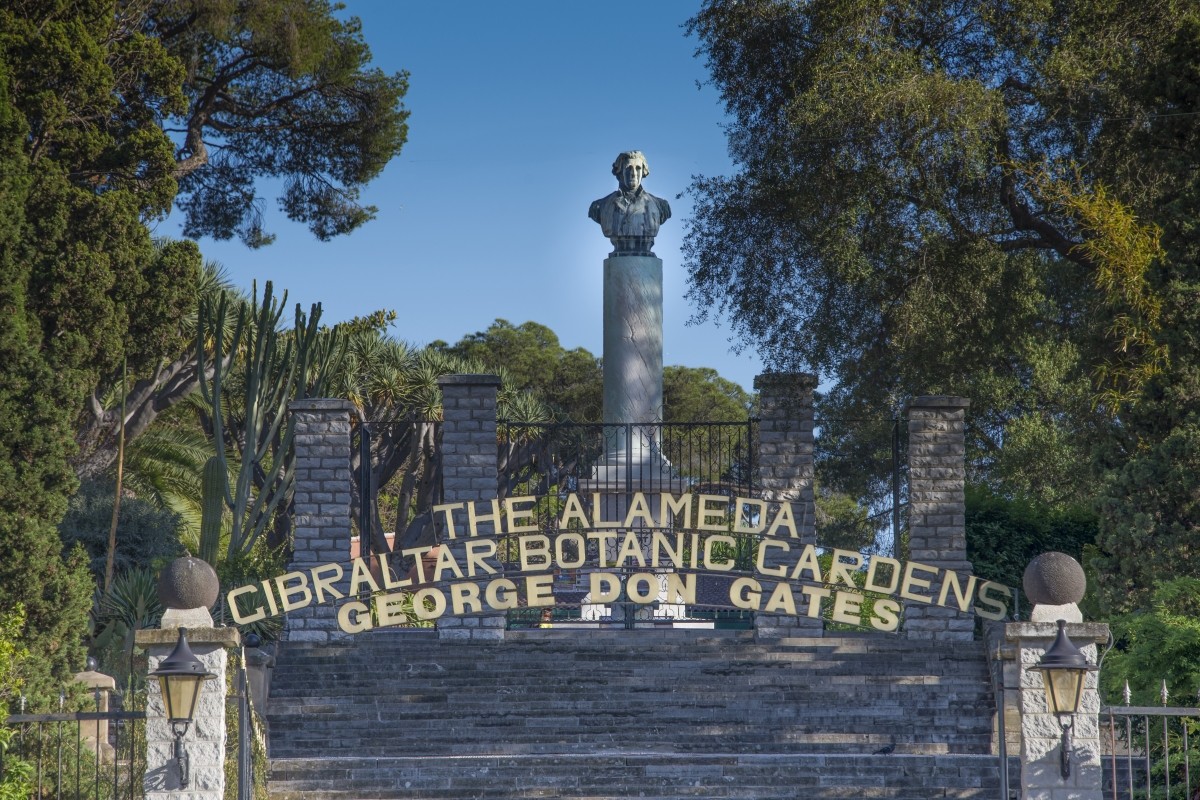
The Wellington Memorial
The memorial to the Duke of Wellington, atop a Roman pillar brought from the ruins of Lepida (Lybia) was erected in 1819. Around Wellington’s column stand two 13 inch mortars with shells and a 1758 bronze 12 pounder gun on a wooden carriage. The monument was funded by deducting a day’s pay from all the members of the garrison. The bust was cast in bronze under from guns siezed by the Duke of Wellington. It stands on a marble pillar that had been brought from the Roman ruins of Lepida (Libya).
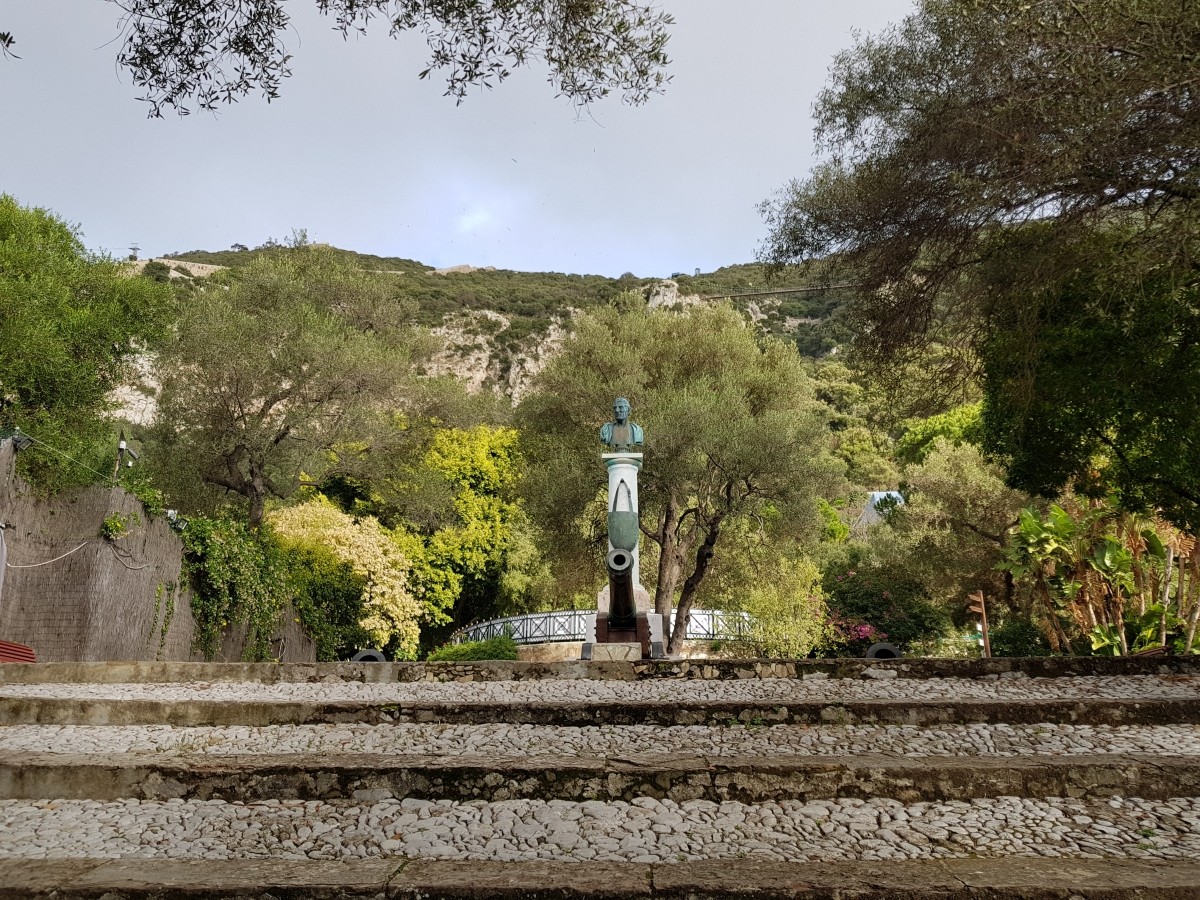
The Dell
During the middle years of the 19th Century, the head gardener and horticulturist of the Alameda was Guiseppe Codali, a Genoese gardener who was brought to Gibraltar specifically to work in the gardens; his memorial bust is located at the end of bridge above the Dell. This Italian style garden was restored in 1992. Notable are the two fountains dating from early in the 20th Century and the waterfall and pond with a selection of lilies and marginal plants including Papyrus. Goldfish, frogs and terrapins share the pond. Plants of note are Hibiscus, Bougainvillea, Jasmine, Jessamine, Wisteria and palms. Plants traditionally grown indoors, like several species of tropical ferns are perfectly at home in the rockeries alongside the stream. An archway made out of the jaw of a whale is located at the top of the Dell.
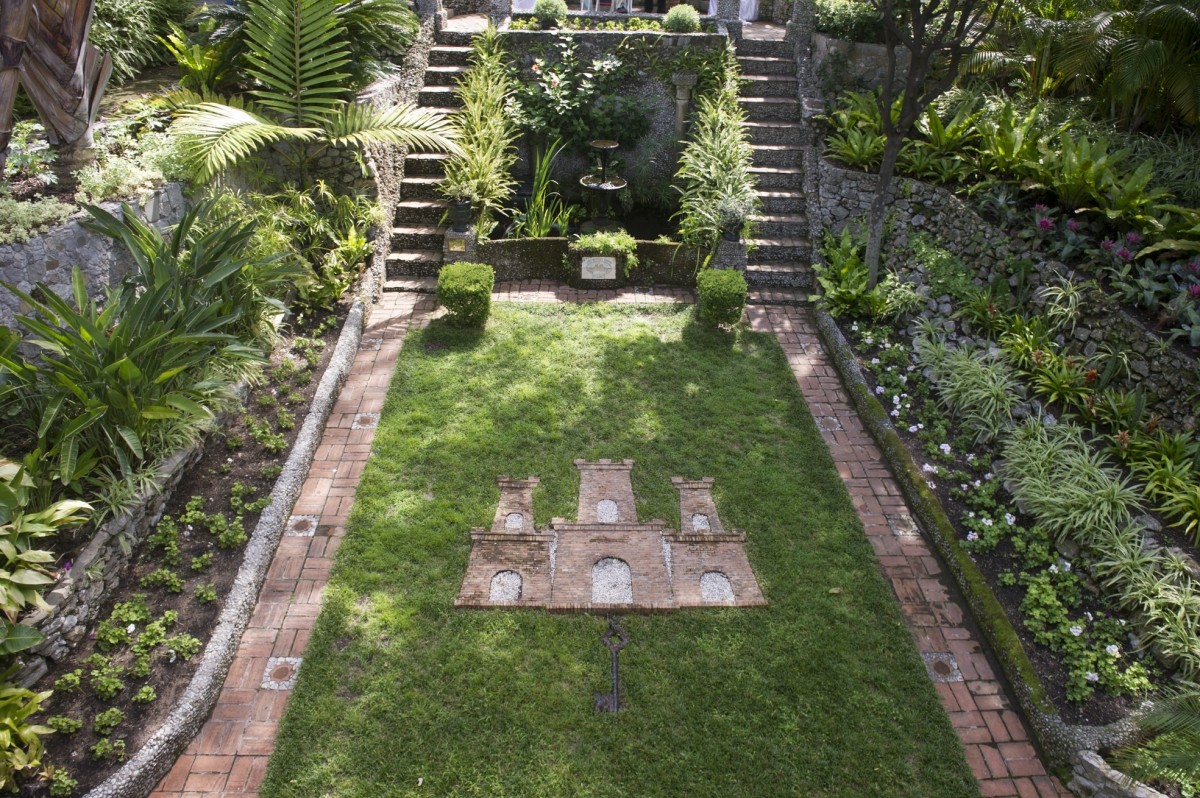
Open Air Theatre
The Open Air Theatre boasts an expanse of open water that holds a collection of tropical water lilies. Since its opening, this venue has been used for a variety of purposes, from beauty contests to band concerts, also weddings, dinner dances, conferences and variety shows.
Alameda Wildlife Conservation Park: a small zoo open to the public, which holds species that have been rescued from illegal trade, endangered animals and unwanted pets.
The main plants of the Alameda Gardens from the earliest days were the Stone Pine, the wild Olive, and the Dragon Tree. It would appear that some of these trees, which still survive, pre-date the opening of the garden and thus are at least 200 years old. Planting subsequent to this had included notably species from South Africa (e.g. Plumbago capensis, Aloe arborescens, Tecoma capensis) and Australia (e.g. Melaleuca decussata), possibly as a result of shipping contact between Gibraltar and the other colonies en route to Australia.
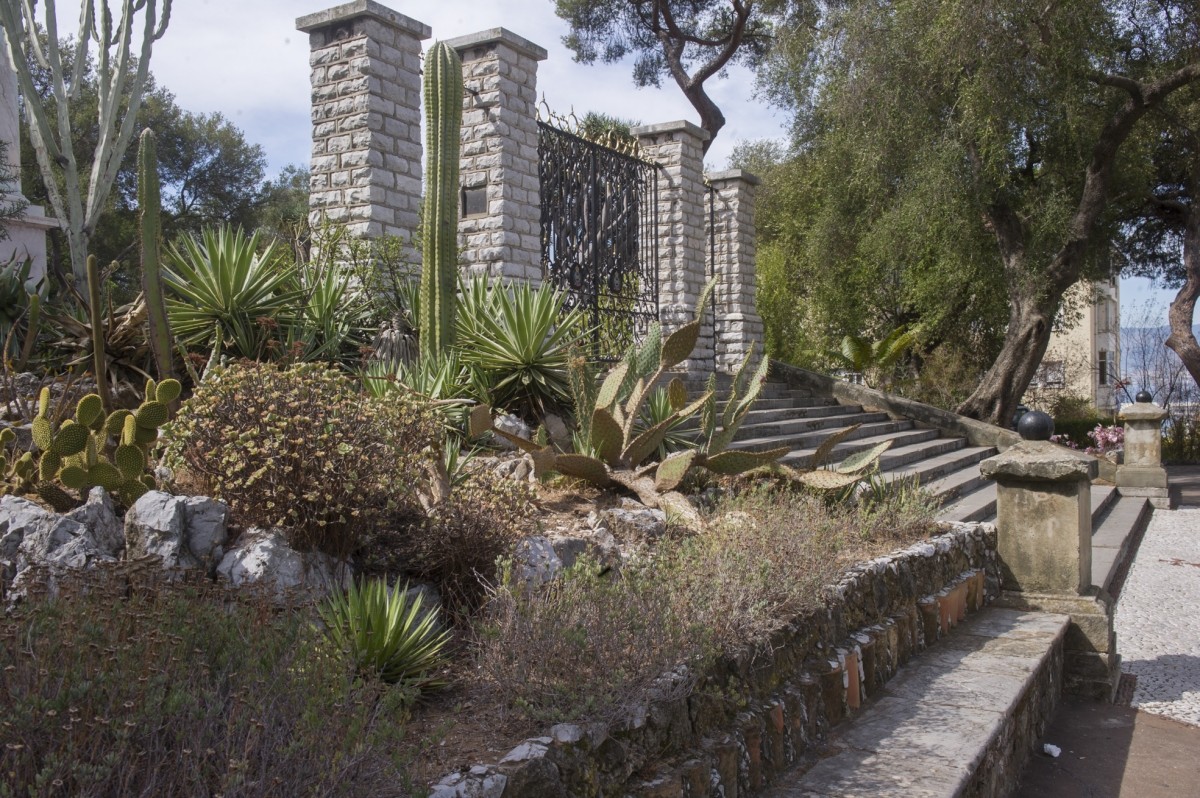
Flora
Dragon Tree:
The Dragon Tree comes from the Atlantic Islands of the Canaries, Madeira and Cape Verde, with a small population in southwest Morocco. It is an unusual member of the lily family. The red resin which quickly crystalises was used medicinally and known as Dragon’s Blood. The smooth grey bark is reminiscent of an elephant’s hide. Its panicles of showy white flowers appear irregularly in summer and produce bright orange berry-like fruit in winter. The oldest dragon tree in the gardens is over 200 years old, though there are claims that they live upwards of 1000 years.
Stone Pine:
This is a native of the Mediterranean where it favours sandy coastal locations. The pine nuts produced in the rounded cones are edible. Roasted and sugar-coated these ‘piñones’ are a delicacy. The cones and nuts in the gardens are often eaten by tree rats before they fall to the ground. The Aleppo Pine is less common in the gardens. It has pointed cones, winged, inedible seeds and more finely marked bark than the Stone Pine. There is one large Canary Island Pine in the upper part of the garden.
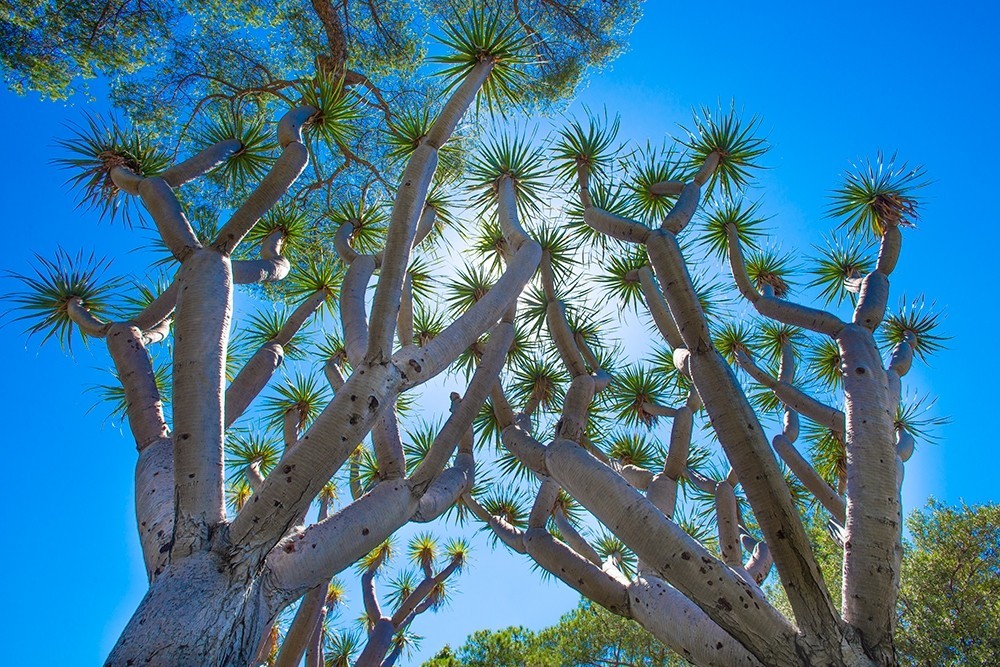
Nettle Tree:
This tree has nettle-shaped leaves that do not sting. It was probably introduced to Gibraltar from further east in the Mediterranean. This is a deciduous tree with bright green foliage in spring that turns darker as summer progresses. Its grey bark is smooth. There is a Nettle Tree in the centre of the Lions’ Pond.
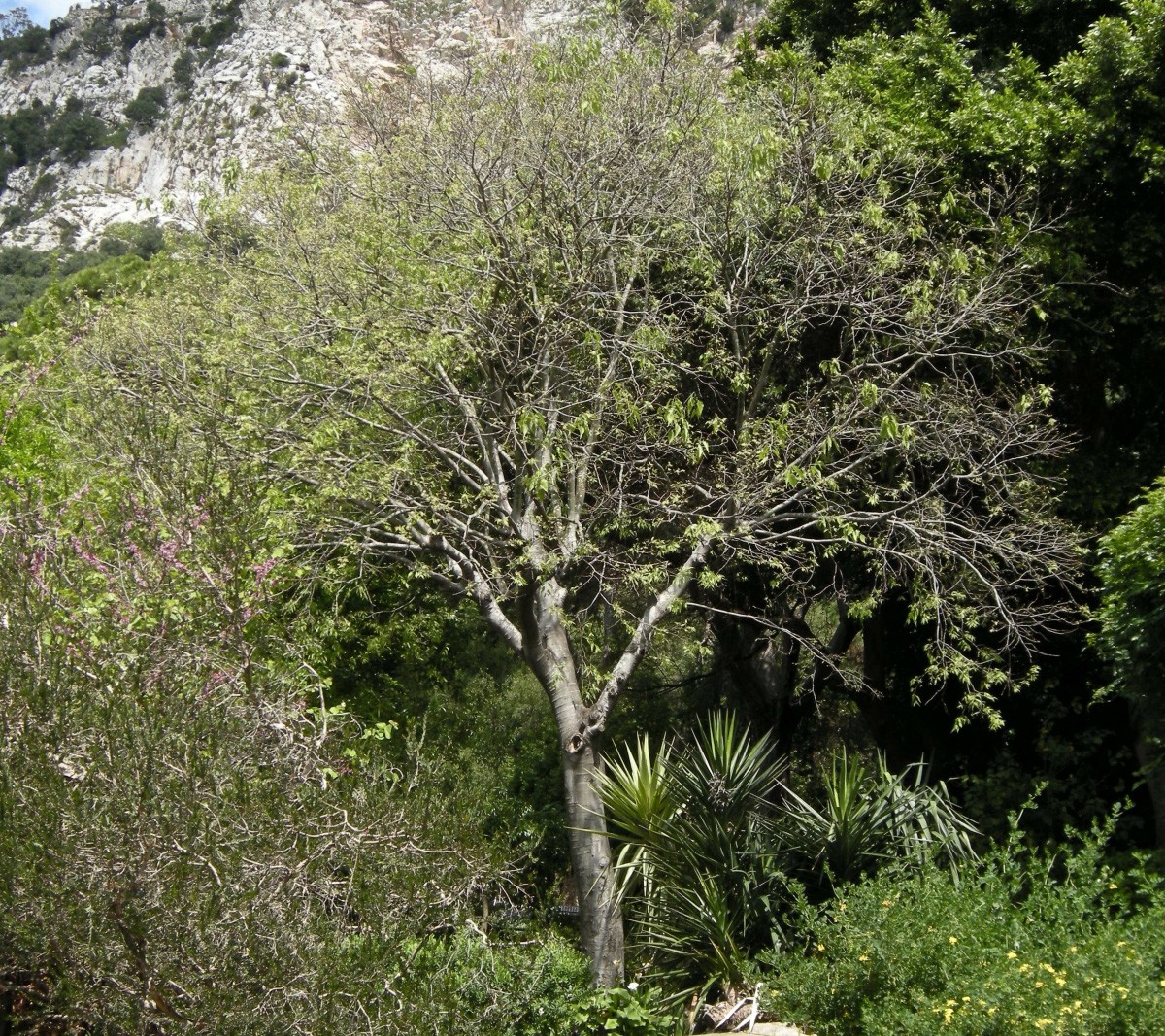
Wild Olive:
The most common tree in the Alameda, the wild olive produces small white flowers in summer followed by small black olives in winter. Too bitter for human consumption, it is a favourite food of wintering birds, including blackcaps. The wood is strong and hard wearing. This tree is the ancestor of the cultivated olive tree.
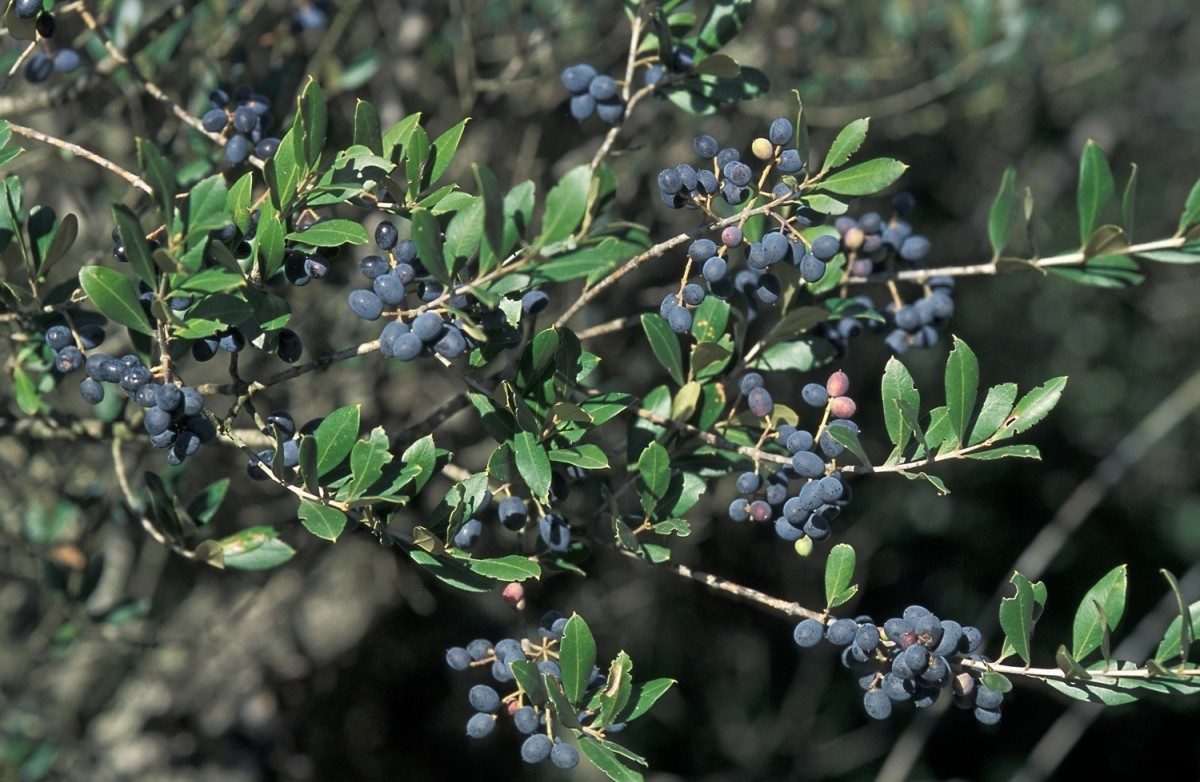
Australian Silk Oak:
There is only one specimen of this tree in the gardens, on the lower southernmost area (Atlantic Island Bed). Its springtime flowering is spectacular, with orange and red flowers producing copious amounts of nectar which attracts bees and birds.
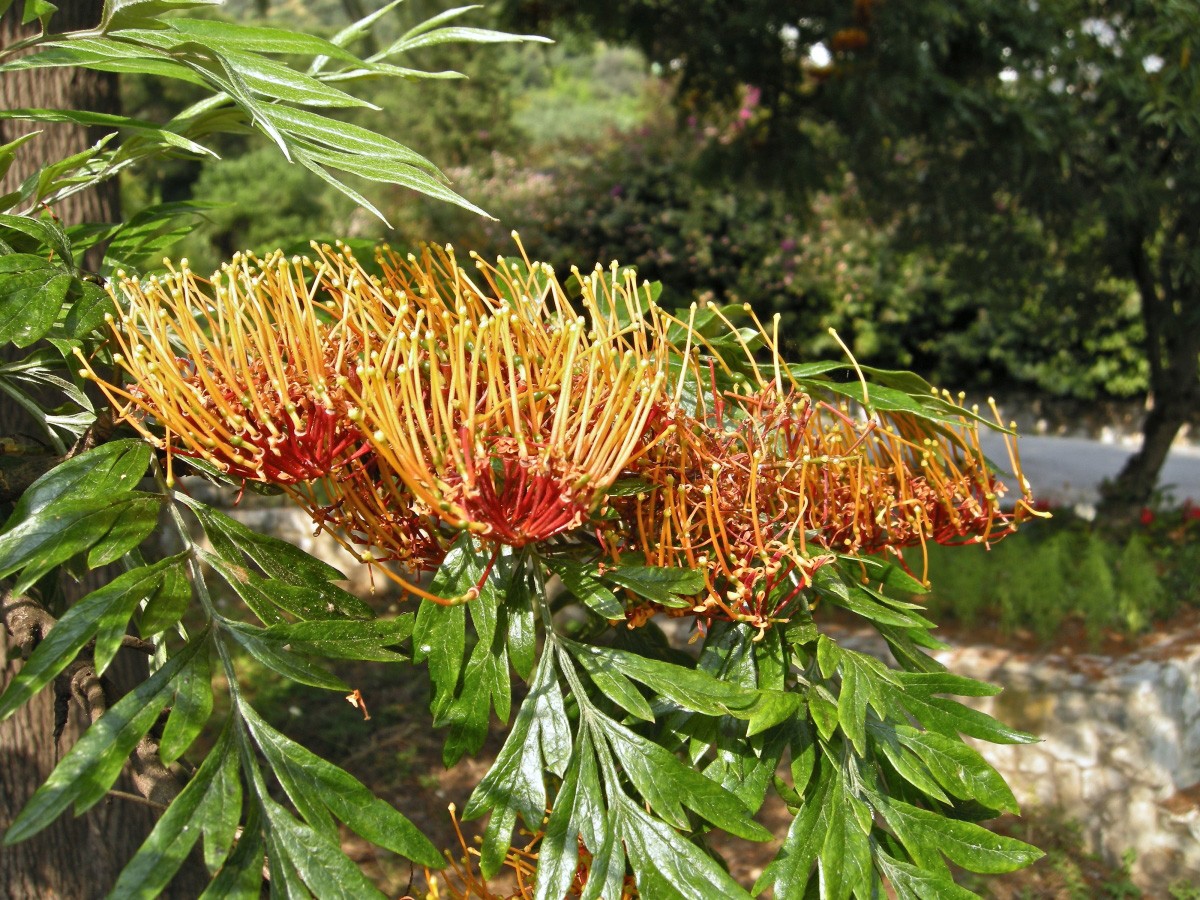
Canary Island Date Palm:
The common palm of Gibraltar is a native of the Canary Islands. It has long fronds and orange, inedible dates.
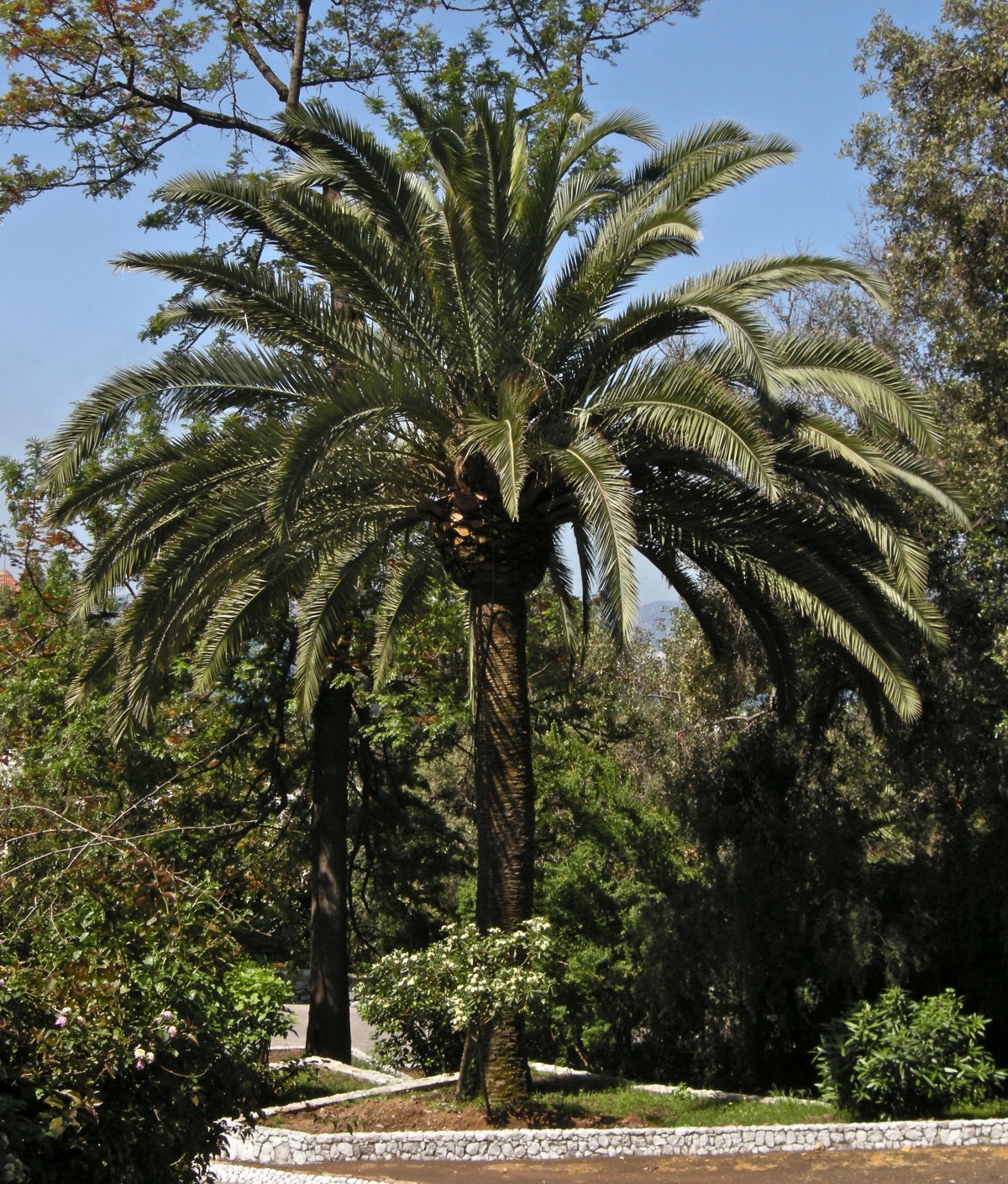
Washingtonia:
This large, fan-leaved palm originates from the deserts of North America.
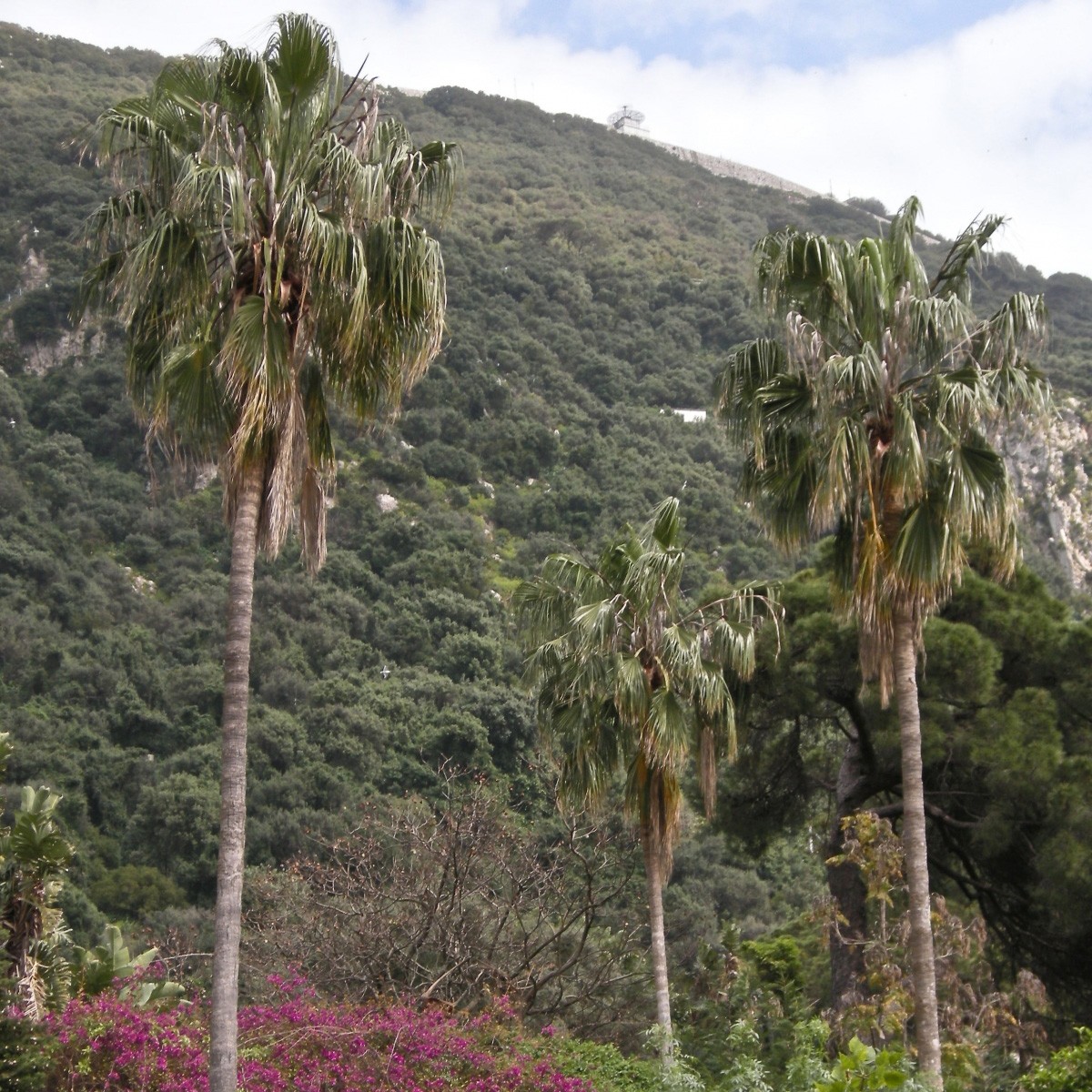
Lord Howe Island Palm:
Two of these attractive palms grow in the Dell above the bridge. They were reputedly donated to thegardens as young plants by an elderly lady the day she was evacuated in 1941, during the Second World War.
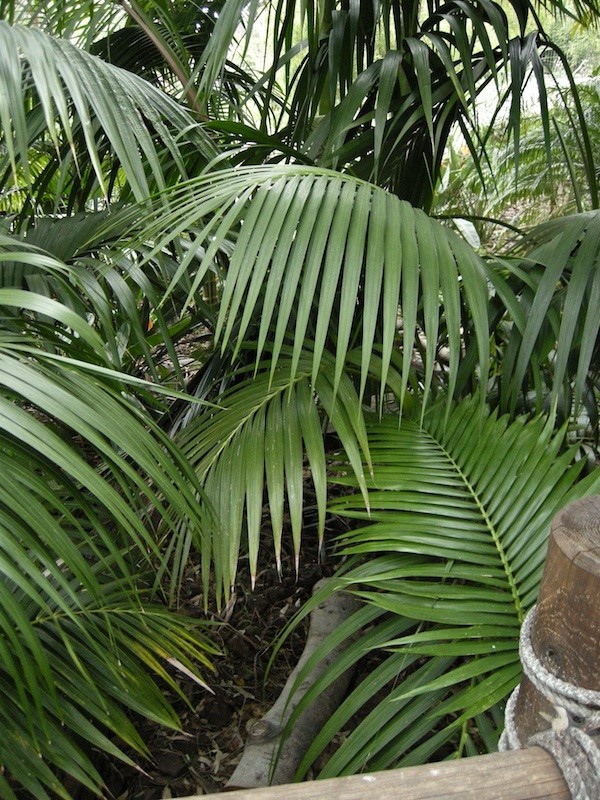
Hibiscus:
Also known as ‘Rose of China’, many attractive varieties of this tropical shrub grow in the gardens, notably in th Hibiscus Bed and in the Dell where there are a number of especially beautiful large-flowered forms. The Hibiscus bed also holds other species of Hibiscus, including the Swamp Mallow Hibiscus and the Fringed Hibiscus, as well as other members of the Mallow Family.
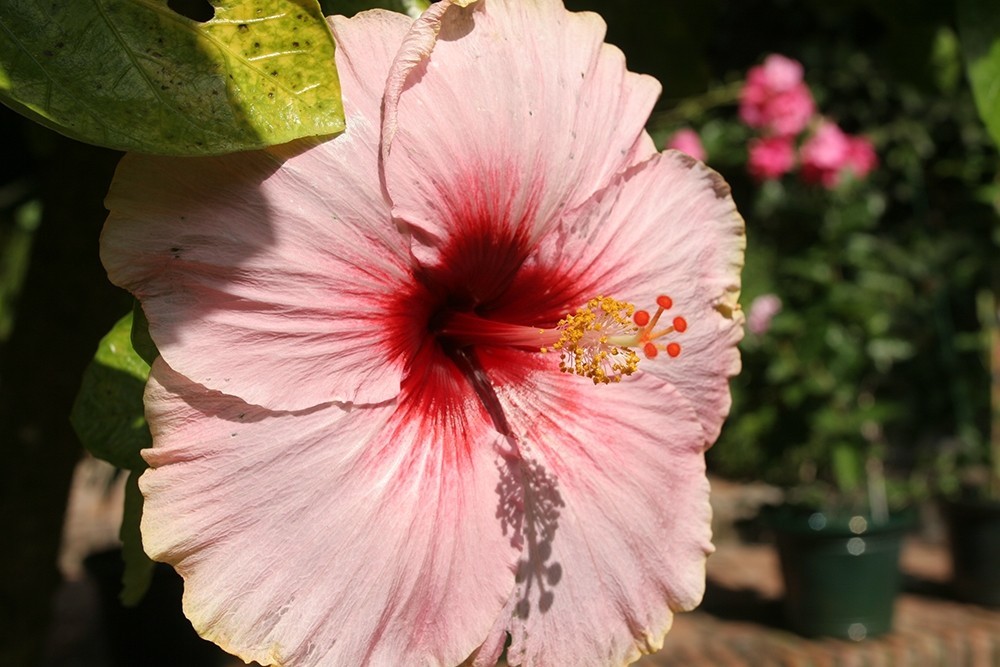
Bougainvillea:
Named after French explorer Louis de Bougainville, these showy scramblers come from tropical South America. Of the various varieties growing in the gardens, the purple and deep red are the most spectacular, especially during their main flowering period in summer. The colour is provided by modified leaves called bracts, while the white flowers are small and insignificant.
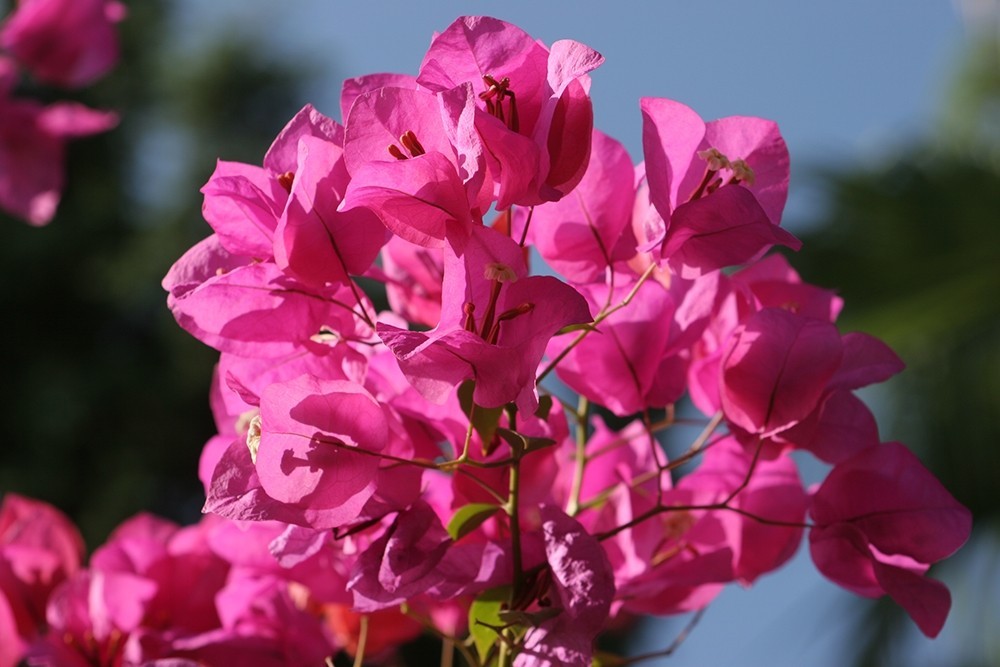
Daisies:
There are numerous members of this family in the gardens. The small bright blue flowers with yellow centres are Felicia from southern Africa. All-yellow daisies are Euryops, which are also South African. Also from that region are the grey-leaved squat Gazania and the shrubbier Arctotis (often with orange flowers). Rounded bushes with white flowers with yellow centres in early spring are the Canary Island daisies. A climbing daisy and a tree daisy, from Mexico, can also be seen.
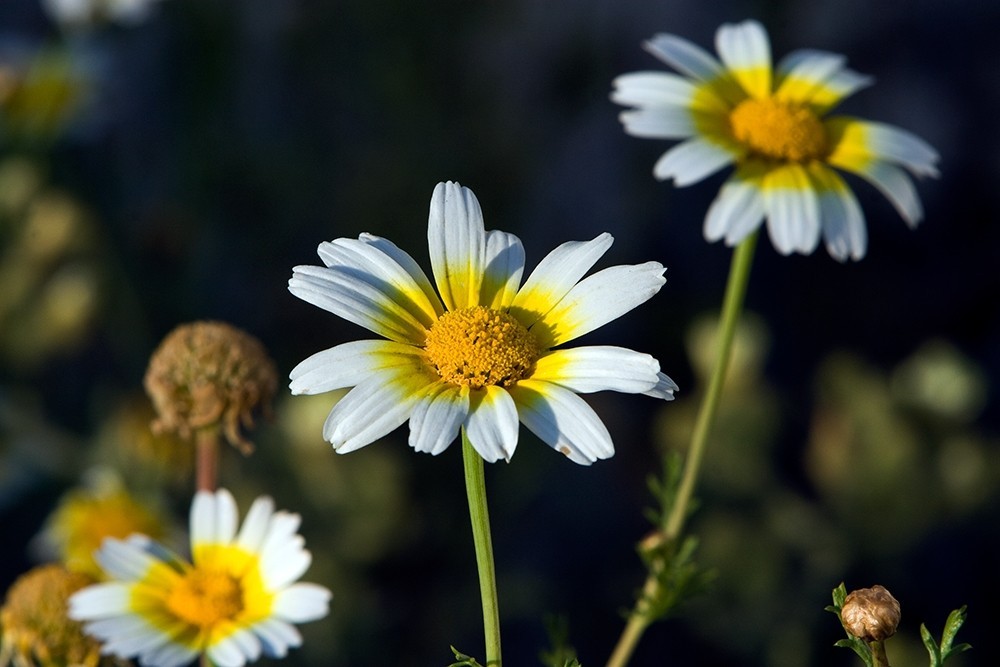
Climbers, creepers and scramblers:
A number of other climbers, creepers and scramblers are common in the gardens, often shaped into hedges. With bright orange tubular flowers is the Cape Honeysuckle, from South Africa. Also South African is the pale blue flowered Leadwort. There is a Chinese Wisteria over the upper fountain in the Dell, while on the bridge grow Bougainvillea, Lantana and Wisteria as well as Golden Chalice and the Australian Native Wisteria. Scattered about the gardens are a number of honeysuckle, Jasmine and Jessamine or ‘Dama de Noche’, with its intense scent in summer evenings.
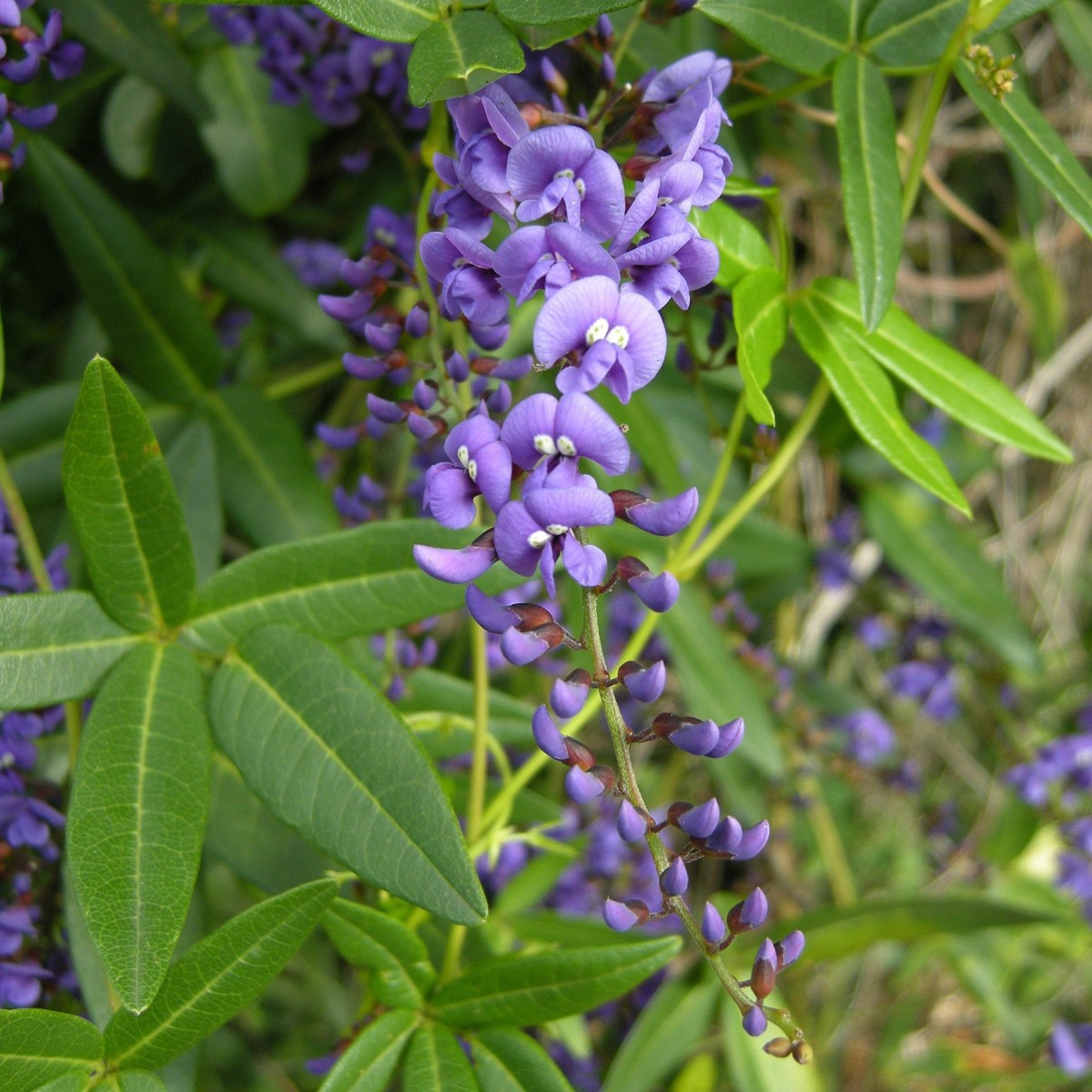
Shrubs and Bulbs:
Some of the more obvious shrubs of the gardens include Oleanders, with pink, white or yellowish flowers in summer, the Blue Butterfly Bush with pale blue flowers in late winter and the native Shrubby Scorpion Vetch with sweet-scented bright yellow flowers in late winter and early spring. One traditional plant of the Alameda which has been re-planted in various areas is the Heliotrope which has pale blue flowers and an overpowering cherry-pie scent. The Bugloss is another shrub with attractive blue flowers. In late summer the pink trumpets of the Belladonna Lilies appear from the dry ground. In winter and spring dark green clusters of leaves show instead. Agapanthus with blue flowers and Chasmanthe floribunda with orange flowers are another two southern African bulbous plants of the Alameda.
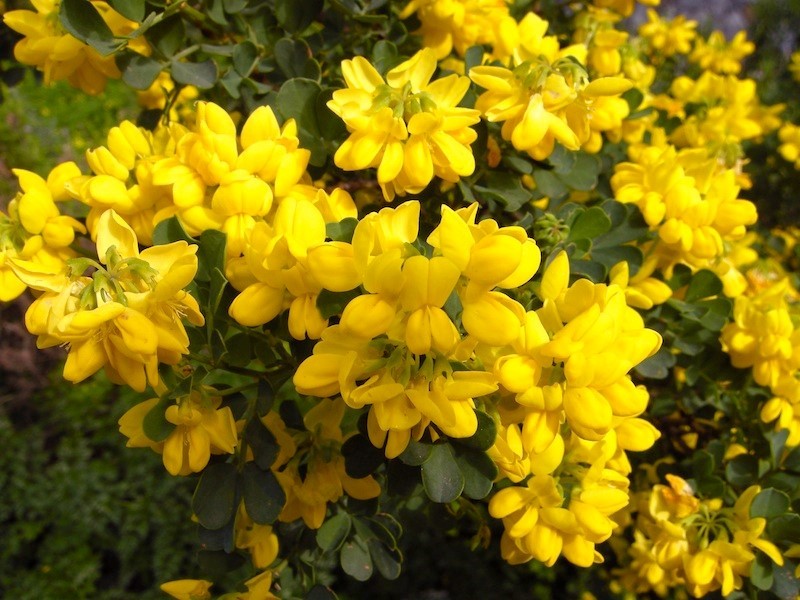
Pelargoniums:
Commonly known as geraniums, these plants, which mainly originate in South Africa do well in Gibraltar’s similar climate. A number of cultivated varieties grow around the gardens, while true species can be seen in certain areas. These include the attractive Oak-leaved Pelargonium and other species with scented leaves.
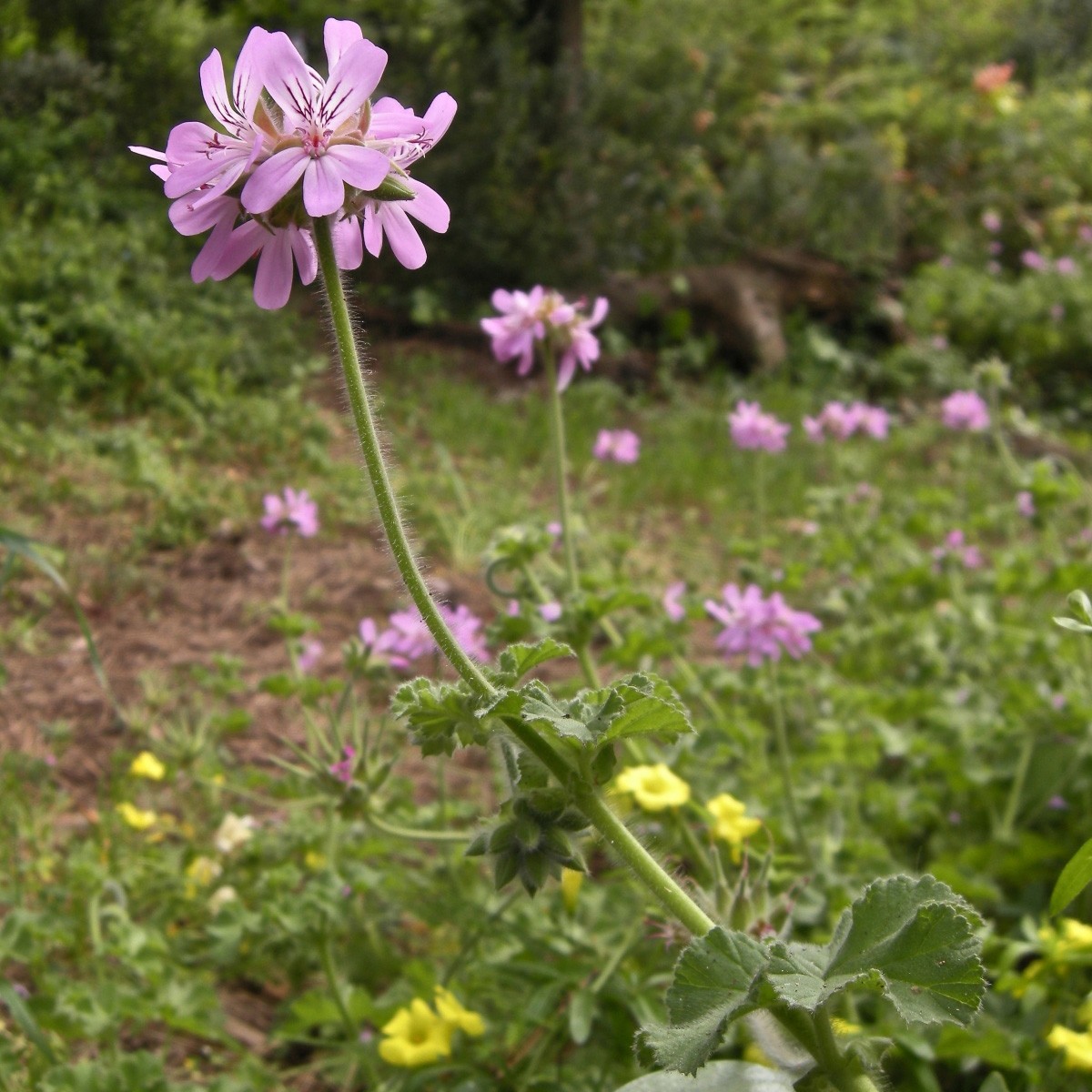
Succulents:
Several beds are dedicated to succulents from the dry regions of the world. Many plant families have developed some form of succulent habit. The best represented in The Alameda include:
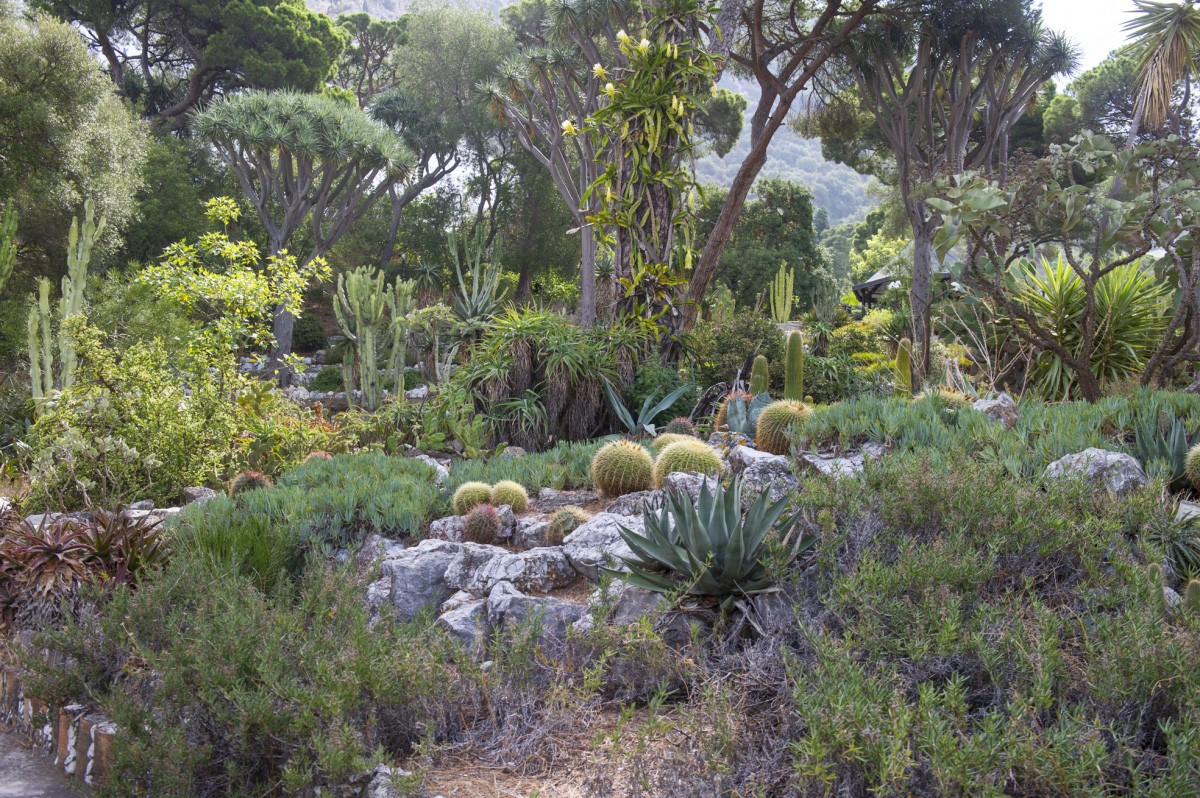
Aloes:
Mainly African and have spikes of tubular, often red flowers. These are pollinated by sunbirds in Africa and also attract birds in Gibraltar to feed on their copious nectar. The most common is the Candelabra Aloe which flowers in winter.
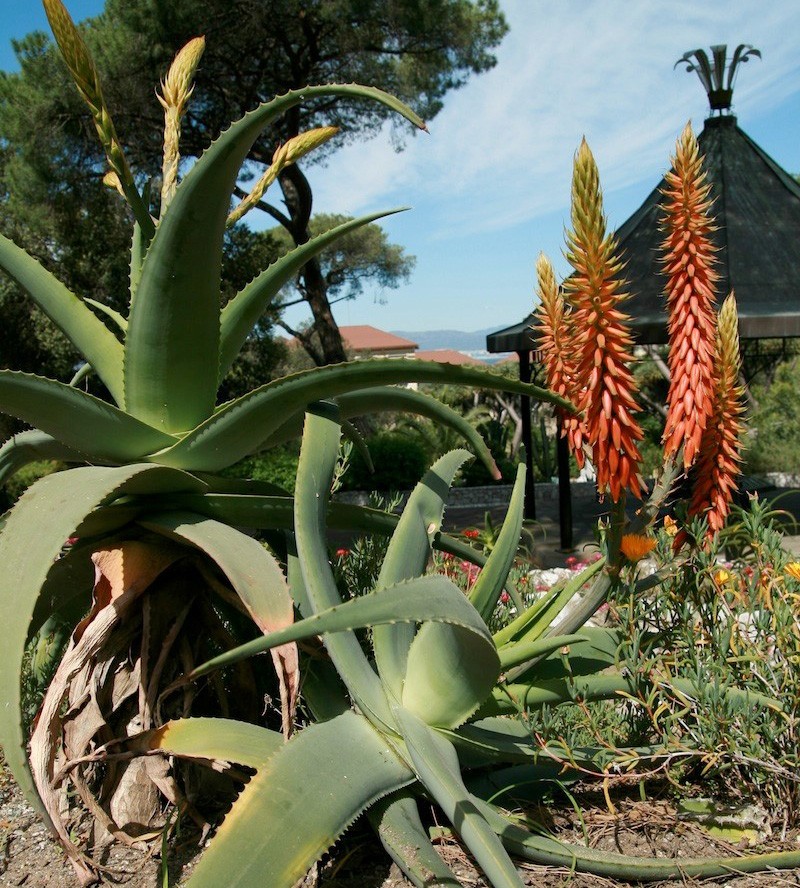
Cacti:
Almost exclusively American and include the pad-like Opuntia, the columnar species like Cleistocactus jujuyensis, the cushion-like Echinocactus grusonii and the climbing species with large night-opening flowers like Hylacereus undatus.
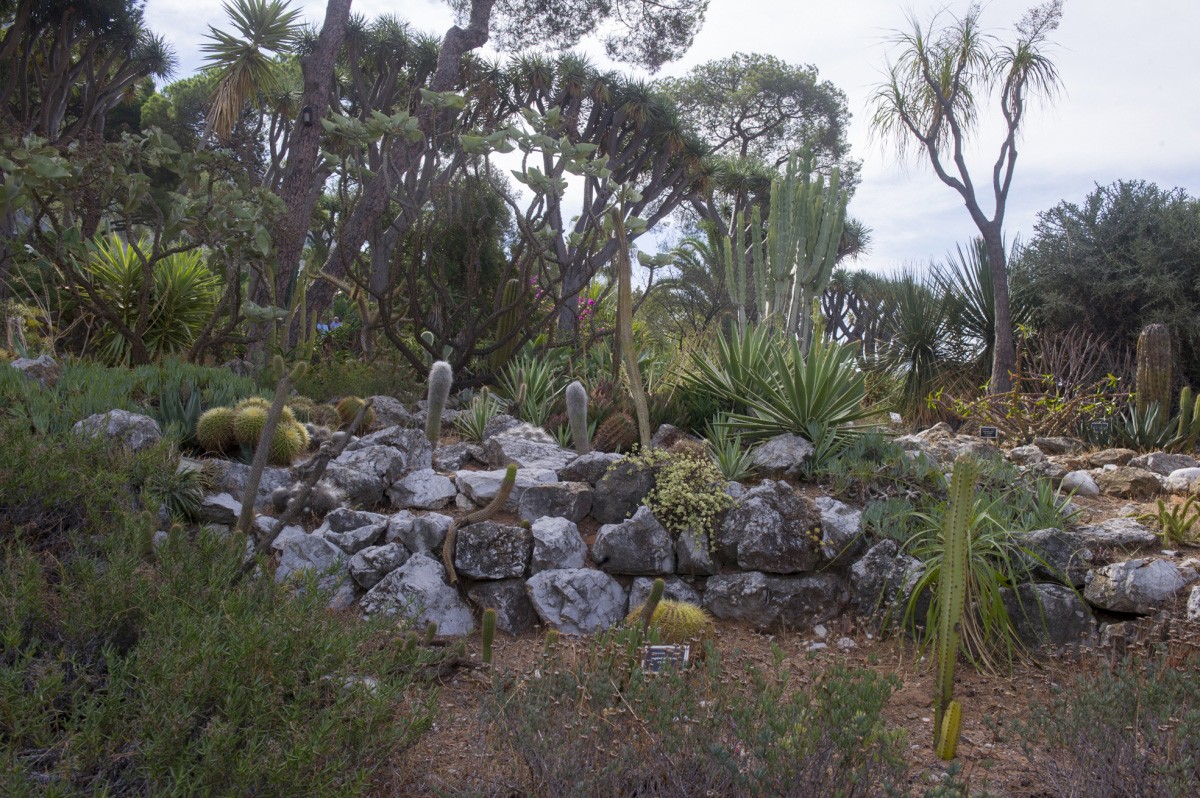
Euphorbias:
or spurges have many forms, including ones, like Euphorbia candelabrum, that resemble columnar cacti. Other forms to be seen on the main succulent bed are, for example, Euphorbia stenoclada and E. milii.

Gibraltar and Mediterranean:
Wild plants are to be found in locations throughout the gardens, with some beds being particulaly dedicated to them. Gibraltar plants to be seen include the Gibraltar Candytuft, the Gibraltar Restharrow and the very rare Gibraltar Campion. The Rockery in particular has typical species including lavenders and Rock Roses, as well as leguminous shrubs and bulbous or rhizomatous plants like the Paper-white Narcissus, Giant Squill and Asphodels.
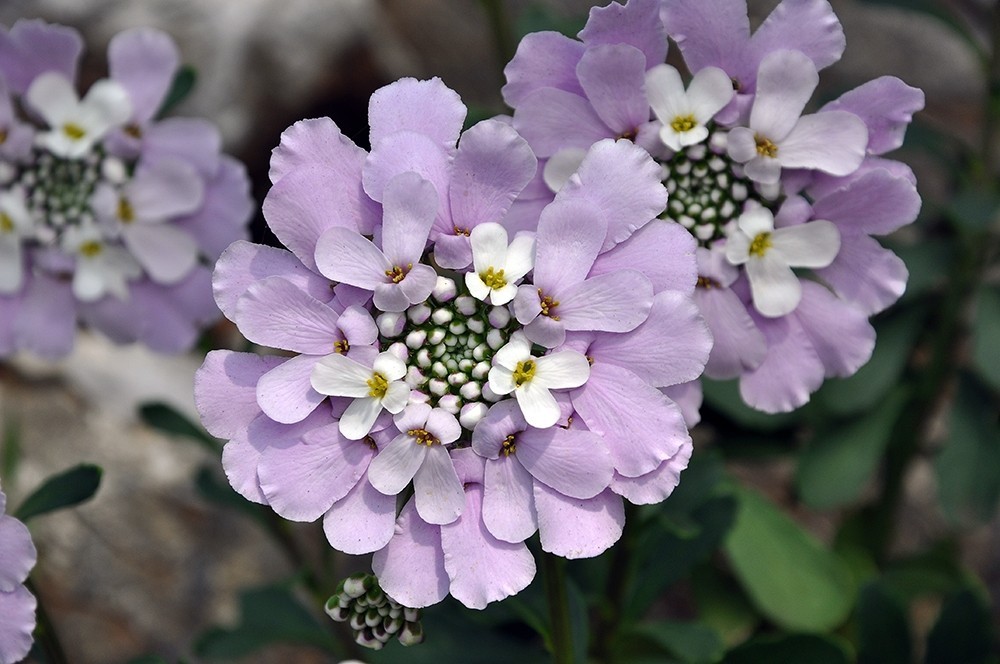
Other beds:
Some of the other beds are dedicated to the plants of California, Australia, South Africa and the Canary Islands, regions with a climate similar to Gibraltar’s. The Family Beds display plants according to selected plant families.
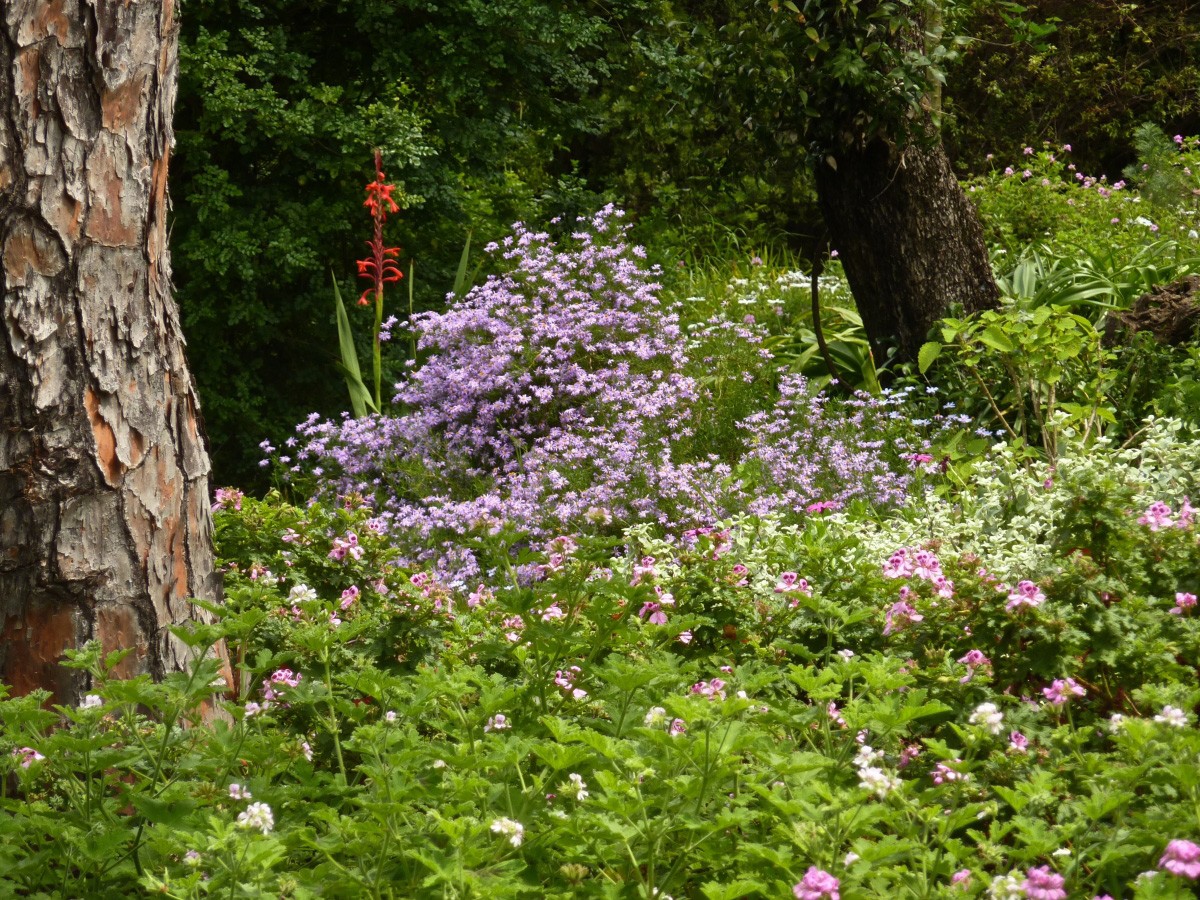
Wildlife in the Gardens
Herbicides and pesticides are generally avoided in the Alameda, so there is a rich wildlife. Bird species nesting within the gardens include Sardinian Warbler, Blackcap, Blackbird, Spotted Flycatcher, Greenfinch, and Wren. Winter additions include Grey and White Wagtail, Chifchaff, Black Redstart, Chaffinch and occasionally Kingfisher, while notable birds of passage periods are Hoopoe, Redstart, Woodchat Shrike and flycatchers. Reptiles include the Moorish Gecko, Iberian Wall Lizard, Amphisbaenian and the harmless Horseshoe Whip Snake. Of the bats, the Sporano Pipistrelle is the commonest (often seen during the day), while Schreiber’s Bat and the European Free-tailed Bat can also be seen.
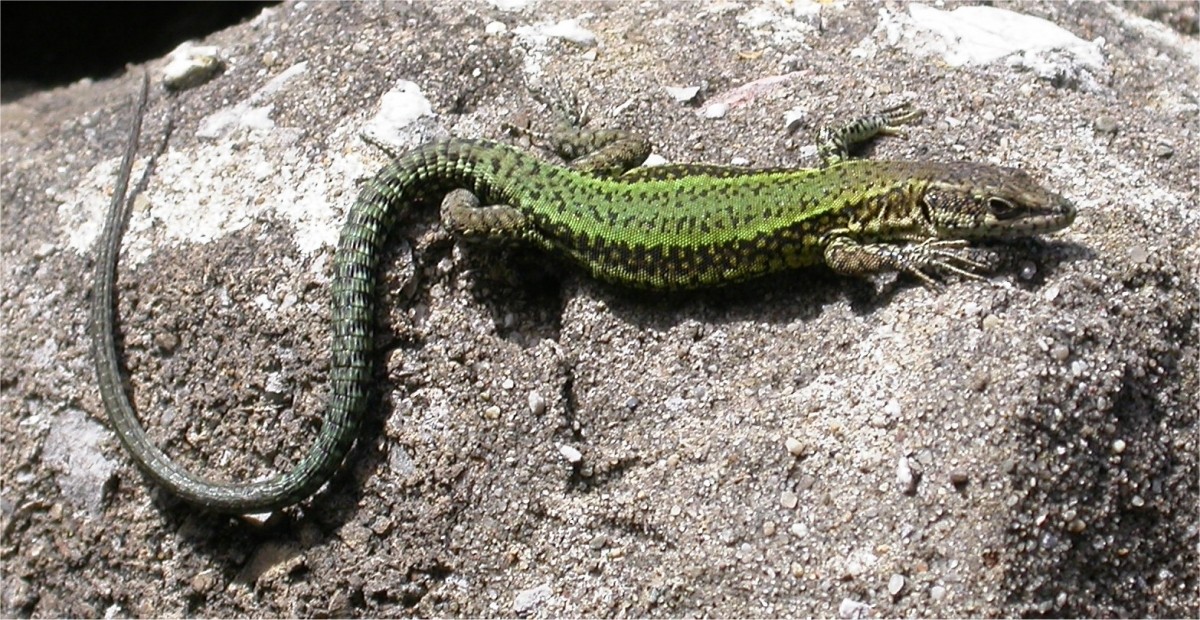



 English
English Spanish
Spanish French
French Italian
Italian German
German